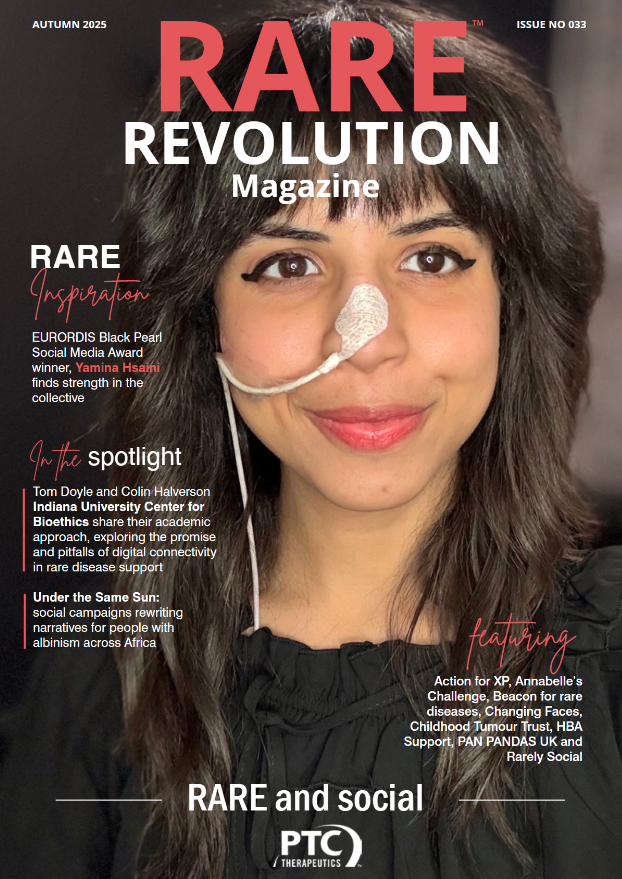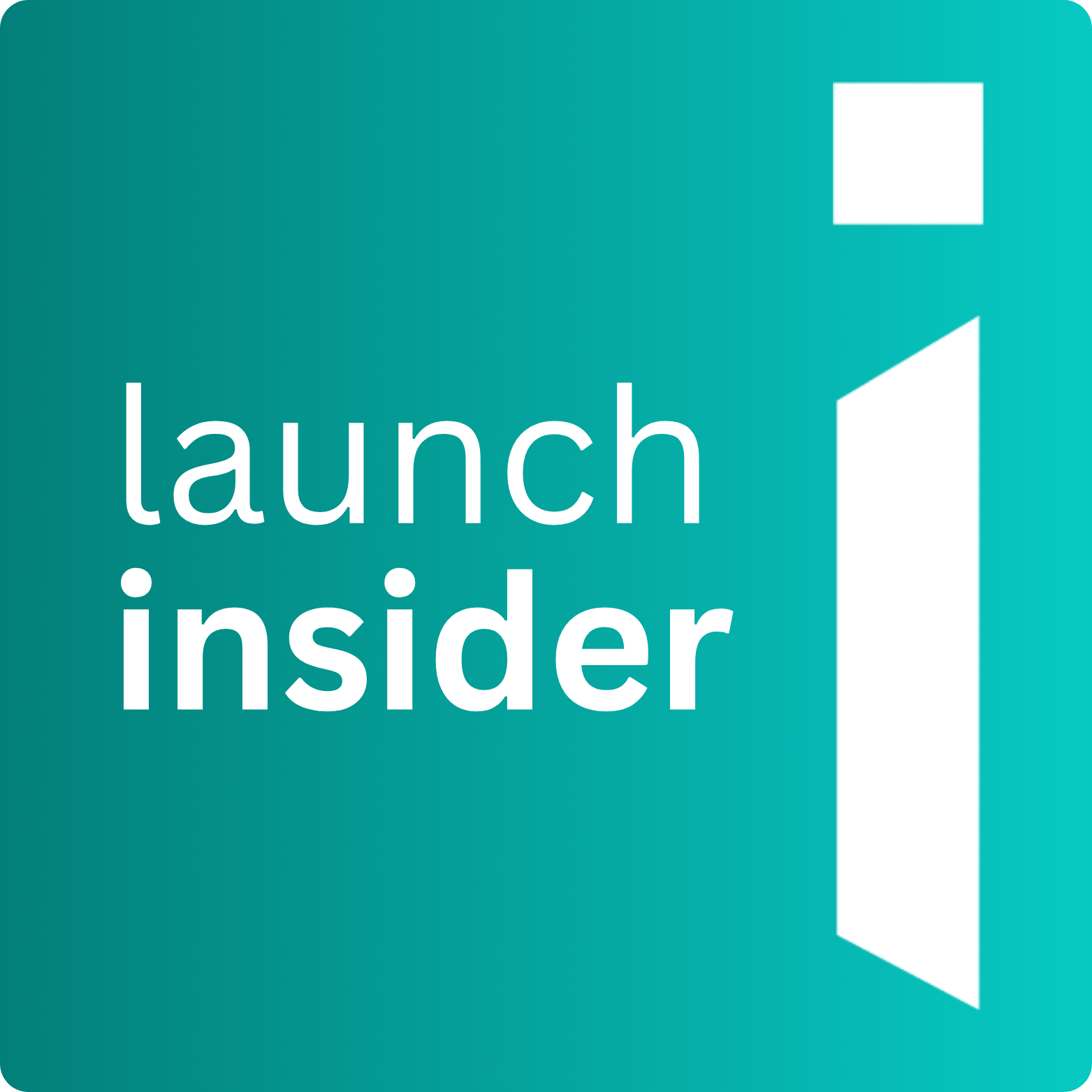The reclaimed horse (or is it a zebra?): ASCO edition

Written by Jill Drury, Pharm.D., MBA
Where art meets science. Join Jill Drury as she discusses the learning the rare disease world can take from the beauty of art
In healthcare, you often hear the common idiom “when you hear hoofbeats, think horses, not zebras.” What does it mean? It’s straightforward.
When a patient presents and you start to consider their symptoms to identify the problem, the system encourages you to consider the most common diagnosis. The profession actively trains you to not consider rare possibilities—as we see so effectively done on sensational television medical dramas. In the real world, providers are dissuaded from practicing (or even acknowledging) the art of medicine. Providers often are confined to protocol and rigid standards of care.
When a patient presents and you start to consider their symptoms to identify the problem, the system encourages you to consider the most common diagnosis. The profession actively trains you to not consider rare possibilities—as we see so effectively done on sensational television medical dramas. In the real world, providers are dissuaded from practicing (or even acknowledging) the art of medicine. Providers often are confined to protocol and rigid standards of care.
The healthcare industry must be able to fully address and identify the practical answer (the horse), but while still embracing the possibility of the unexpected (the zebra).
So, when does one consider the real possibility of a zebra? How many patient visits should it take? When is it ok to see a zebra and not a horse? Maybe it all depends on your perspective.
Through her creative and inspired wooden equine sculptures, artist Deborah Butterfield has unknowingly been building trust, communication skills and self-awareness across the healthcare industry. Deborah’s serene sculptures, made of salvaged wood, are popular across the United States. Deborah’s artwork can be found everywhere from community parks to university campuses, to, most recently, the Zolla Lieberman Gallery in Chicago. I can easily see why patients are drawn to Deborah’s sustainable metaphorical work. We are all a little broken yet gently pieced back together to create something stronger and more beautiful.

Each of her sculptures represent a physiologically powerful creature—but do you see just the horse or can you see the possibility of the zebra? Both are essential.
The power of the horse is no secret. Ancient Greeks, including medicinal father Hippocrates, recognised the therapeutic value of horses and their impact on health and healing. In literature, there are countless examples of heroic horses, from The Horse Whisperer to Black Beauty. The power and familiarity of the horse resonates with readers and allow them to feel shared emotions of joy, nostalgia, anxiety, fear and attachment.
Ultimately, horses can inspire patients to communicate, rehabilitate and cooperate. So, as I toured the Zolla Lieberman Gallery on the eve of attending a large medical conference—a conference where healthcare providers from all over the world will come together to learn and talk about new therapies and innovations — I stared contemplatively at one of Deborah’s horse sculptures. The piece of artwork work is unique, interesting and inspiring.
What gave me hope was when I looked at the sculpture from another perspective. With the benefit of the ambiguous wooden shape of Deborah’s work, I could also see the shape—and stripes—of a zebra. The practical and the possible together in one form.
May the healthcare providers and colleagues I meet with this week have conversations about the zebras they see. Yes, seeing a horse is important, too. Horses build practical foundations to care. But it’s the zebra that stands out, keeps our energy levels high, and our desire to innovate strong.
About Jill:
As a pharmacist by trade, I have been an inventor and an entrepreneur my whole life. Long gone are the days of independent corner drugstores, but working in one as a teenage girl inspired and shaped me in so many ways. I was constantly challenged and encouraged by managers and mentors to use and leverage my creative abilities to further my career path. Whether it was increasing patient satisfaction or negotiating contracts over soda and candy sales, every challenge that I faced in my pharmacy career taught me something new.
In business school, I continued to grow my skill set to collaborate with diverse groups of people all over the world. I have helped negotiate, innovate, and streamline drug dispensing mechanisms. I have published and worked to enhance public awareness and outreach around numerous industry and health-related topics.
Relaying valuable resources and knowledge to providers across the globe has become the compass of my mission. To gain the necessary perspective and foundation, I have listened carefully to the stories and concerns of the patients who are the very reason why we strive for excellence. They are the ultimate destination in my profession. It is for the patient that we aim to maximise value – value in accessing medications and quality of care that will extend their lives.


